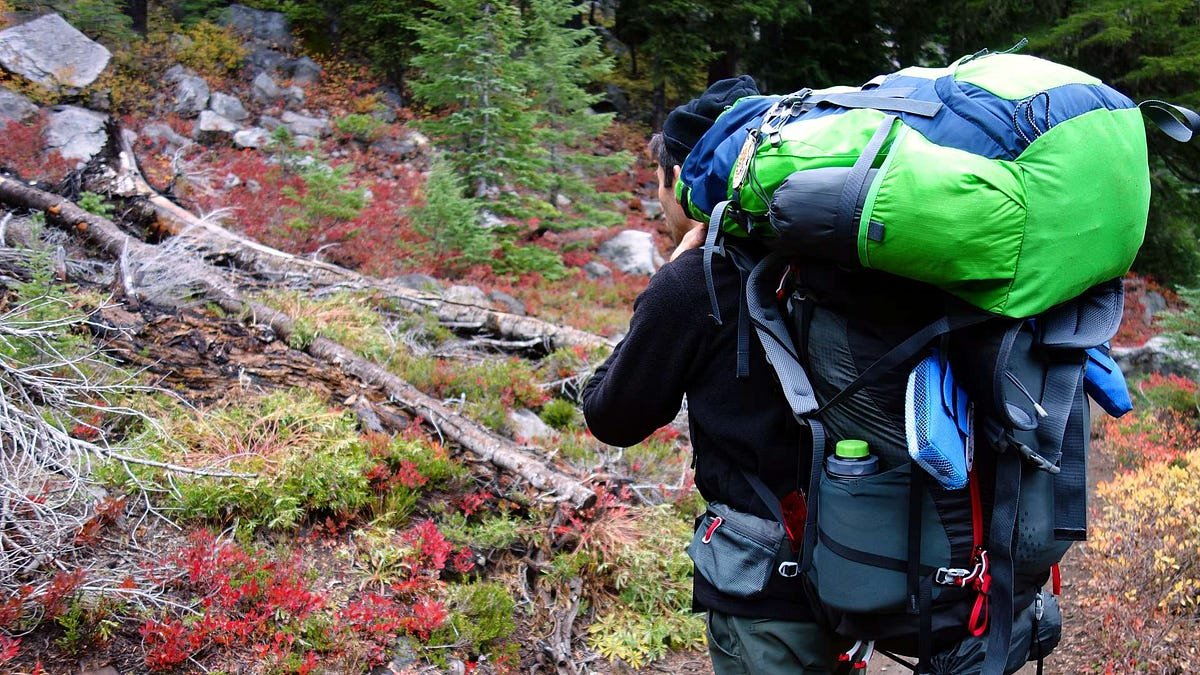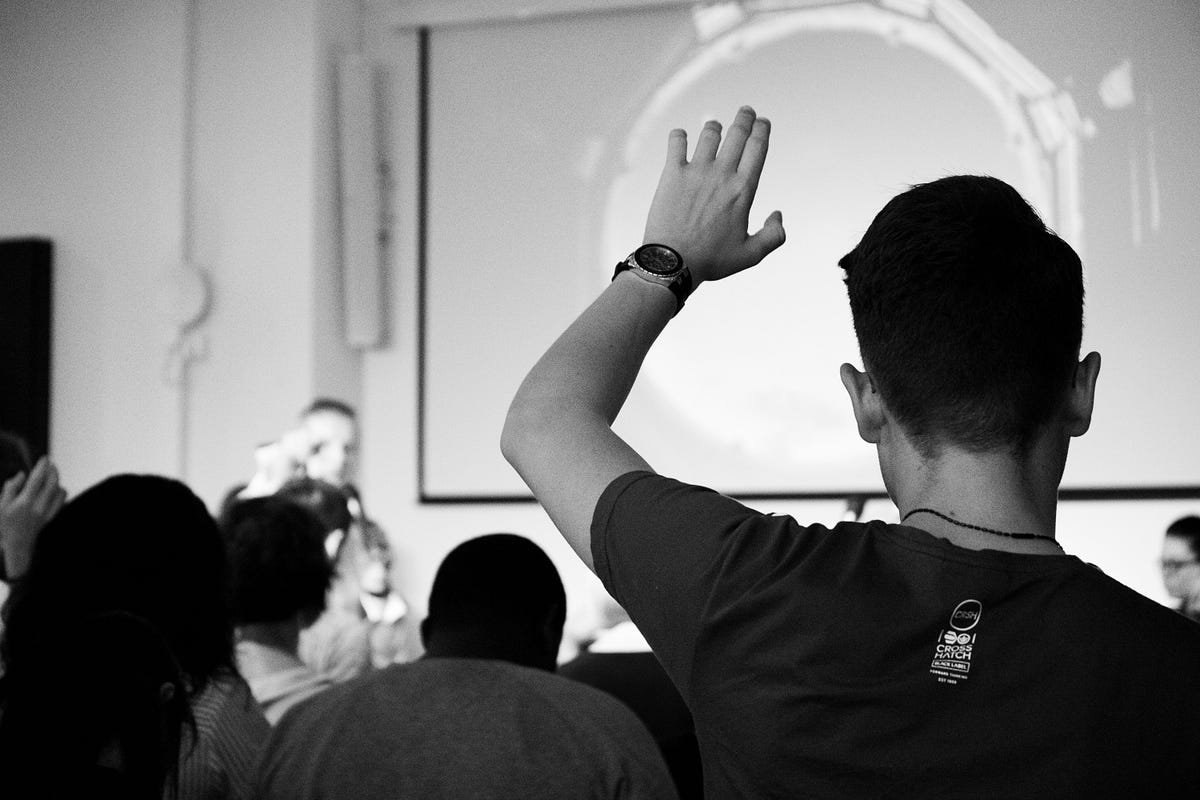The Great Gear Mistake That Nearly Ruined My First Solo Backpacking Trip | by Stargazing in Big Bend | Jul, 2025

Picture this: It’s day two of what was supposed to be my triumphant first solo backpacking adventure in the Cascade Mountains, and I’m sitting on a fallen log at 6,000 feet elevation, seriously considering calling for a rescue helicopter. Not because I’m injured or lost, but because my 65-pound pack is slowly destroying both my shoulders and my dreams of becoming a “real” hiker.
That moment of defeat taught me more about backpacking than any gear review or YouTube video ever could. It also set me on a journey to understand what truly matters when it comes to outdoor equipment — a journey that eventually led me deep into the hiking community’s collective wisdom and completely transformed my approach to gear selection.
Like many enthusiastic beginners, I had fallen into what I now call the “more is better” trap. My reasoning seemed logical at the time: if I might need something, I should bring it. Rain jacket, backup rain jacket, camp shoes, backup camp shoes, three different types of fire starters, enough food for a week-long expedition (despite planning only three days), and a first aid kit that could stock a small hospital.
The weight wasn’t my only problem. I had borrowed a massive external-frame pack from my uncle’s 1980s collection, paired it with a cotton sleeping bag rated for conditions 20 degrees warmer than expected, and topped it off with hiking boots so stiff they could double as ski boots. Every piece of gear seemed to work against me rather than with me.
By the time I reached my planned campsite that first evening, I was exhausted, demoralized, and genuinely questioning whether backpacking was for me. The romantic vision of connecting with nature felt more like a survival challenge, and not the fun kind. I spent most of that night cold and uncomfortable, listening to my neighbors in their lightweight shelter setup camp in what seemed like minutes while I struggled for over an hour.
The next morning, something beautiful happened. A couple camping nearby — let’s call them Tom and Lisa — noticed my struggles and offered some friendly advice over their morning coffee. Instead of judging my obvious rookie mistakes, they shared their own stories of gear evolution and invited me to see their setup.
“We all started somewhere,” Tom said, hefting their combined pack weight that was somehow lighter than mine alone. “The key isn’t having all the gear — it’s having the right gear that works for your body and your style of hiking.”
They showed me their streamlined setup: a lightweight tent that went up in minutes, sleeping systems that packed incredibly small yet kept them warm, and a cooking setup that consisted of just a tiny stove and a single pot. Everything had a purpose, and nothing was redundant. Most importantly, they seemed genuinely excited to share their knowledge rather than gatekeeping their expertise.
That conversation sparked something in me. Instead of giving up on backpacking, I became obsessed with understanding how experienced hikers make their gear choices. Tom mentioned checking out online hiking communities where people shared real-world gear experiences, and that’s when I discovered the incredible wealth of knowledge that exists in places where hikers gather to share their hard-won wisdom.
What I found in these online communities completely revolutionized my understanding of backpacking gear. Instead of marketing-driven reviews or influencer recommendations, I discovered thousands of hikers sharing honest, detailed experiences about what actually works in the real world. These weren’t sponsored posts or affiliate-driven content — they were genuine discussions between people who had tested their gear in conditions ranging from desert heat to alpine storms.
The community’s approach to gear selection was refreshingly practical. Rather than focusing on the latest and greatest equipment, experienced hikers emphasized understanding the fundamentals: the importance of the “big three” items (backpack, shelter, and sleeping system), the value of testing gear before committing to it, and the critical role of fit and personal preference over brand names or flashy features.
I learned about the concept of base weight and how every ounce carries significance over long distances. I discovered that expensive doesn’t always mean better, and that some of the most beloved gear in the community comes from companies I’d never heard of. Most importantly, I learned that the best gear list is the one that gets you safely and comfortably to your destination while matching your specific needs and hiking style.
Armed with this community knowledge, I gradually rebuilt my gear collection over the following year. Instead of making impulsive purchases, I researched each item thoroughly, reading detailed discussions about real-world performance and reliability. I learned to prioritize versatility and function over convenience and redundancy.
The results were dramatic. My next solo trip, just eight months later, felt like a completely different experience. My pack weight had dropped to 35 pounds — still not ultralight by community standards, but a revelation compared to my previous load. More importantly, I felt confident and prepared rather than overwhelmed and struggling.
Each subsequent trip built on these lessons. I began to understand my personal preferences and needs better. I learned which corners I could cut and which items were non-negotiable for my comfort and safety. The gear stopped being a burden and became an enabler of adventure.
Today, five years after that initial disaster of a trip, I’m grateful for those early mistakes. They taught me humility and curiosity — two essential qualities for anyone wanting to grow in the outdoors. They also led me to appreciate the incredible generosity of the hiking community and the value of learning from those who have walked the trails before us.
I still remember the feeling of defeat I experienced sitting on that log, wondering if I was cut out for backpacking. Now I realize that moment wasn’t a failure — it was the beginning of a deeper understanding of what it means to be a thoughtful, prepared hiker.
The most valuable lesson I learned wasn’t about specific gear recommendations or weight-saving techniques. It was about the importance of approaching outdoor adventures with both preparation and humility, recognizing that the learning never stops, and that the best teachers are often the fellow hikers you meet along the way.

